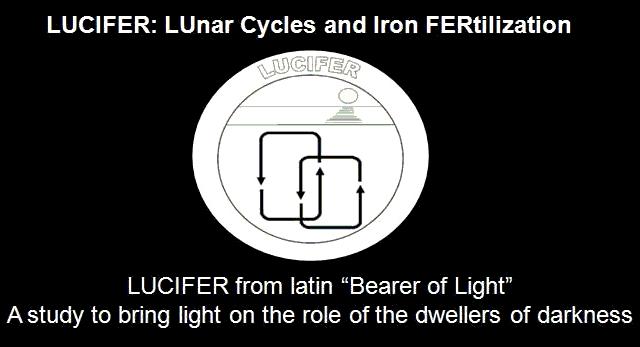Temperature, salinity and fluorescence were measured using a CTD SeaBird 25 and an in situ fluorometer. Primary production as 13C, chlorophyll, abundance of bacteria, phytoplankton cells, microzooplankton abundance, and mesozooplankton, biomass, gut fluorescence, electron transfer system (ETS), and aminoacyl t-RNA sinthetase (AARS) activities were also measured at four oceanic stations to the north of Gran Canaria Island. We also collected dust particles using active samplers near the study site for the measurement of metal composition (iron, nickel, cadmium, manganese,..).
 Figure 1. True color image of the dust storm observed over the Canary Islands the 18th March, 2010. The image was provided by NASA/GSFC, MODIS Rapid Response through http://rapidfire.sci.gsfc.nasa.gov.
Figure 1. True color image of the dust storm observed over the Canary Islands the 18th March, 2010. The image was provided by NASA/GSFC, MODIS Rapid Response through http://rapidfire.sci.gsfc.nasa.gov.
During March 2010, an important event of Saharan dust (Figure 1) took place around the islands. Values of dust particles smaller than 10 µm (PM10) reached values of 300 µg•m-3 in Gran Canaria Island, near our sampling area. Preliminary data showed no response of phytoplankton biomass to the massive dust deposition, at least at a weekly timescale. However, we measured a sharp increase of zooplankton biomass after this event. The bloom lasted for more than one month, indicating an important influence of the dust over the area. Flow citometry, 13C, microzooplankton and proxies of metabolic activity in zooplankton are being measured but our preliminary results show that the effect of this dust deposition event did not promoted any increase in chlorophyll, similar to some common results reported in the literature.
However, we wonder whether the increase in productivity is rapidly transferred to higher trophic levels through micro- and mesozooplankton in this warm water environment, avoiding the accumulation of phytoplankton biomass in the mixed layer. The consequences of this finding will restrain the use of remote sensing data to assess the effect of dust fertilization in the ocean. Finally, the active carbon flux promoted by the diel vertical migrants is a scarcely studied mechanism of the biological pump. Predation by this fauna upon the zooplankton crop observed after the dust deposition, shunted this epipelagic biomass to the mesopelagic zone. This transport will be the objective of Lucifer phase II which will start next November.
Santiago Hernández-León
IMBER Newsletter, Issue No. 15, September 2010











